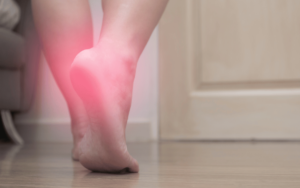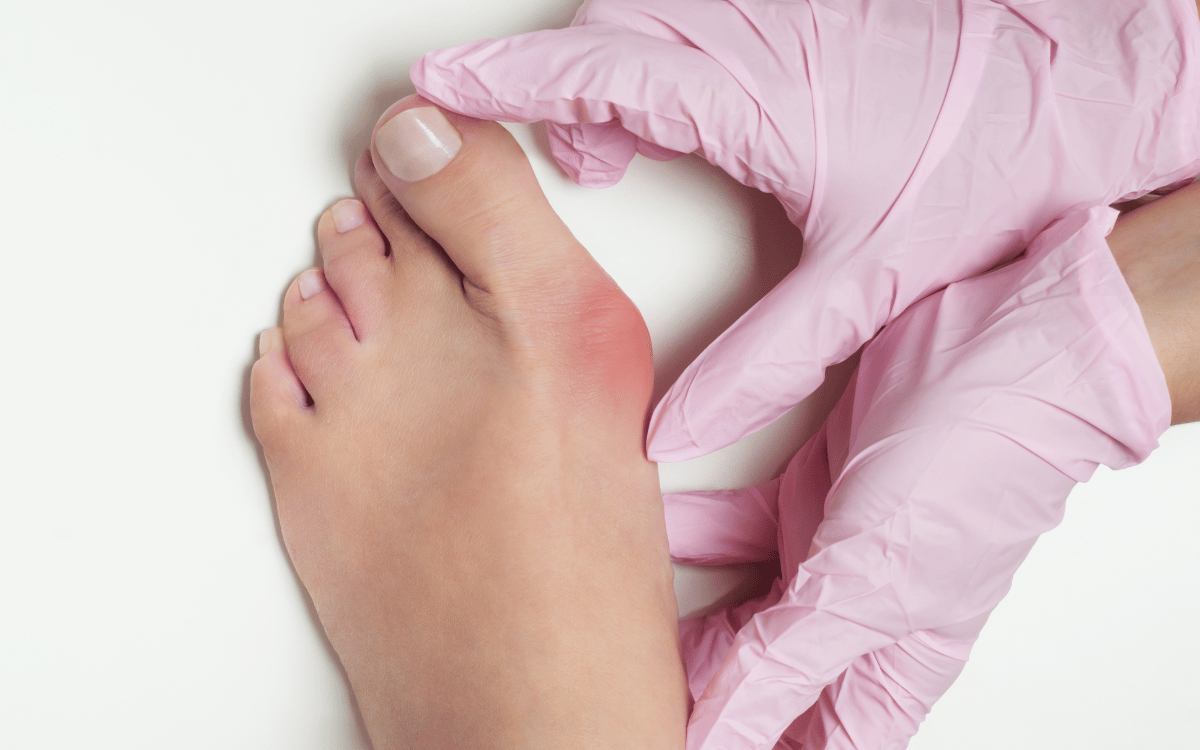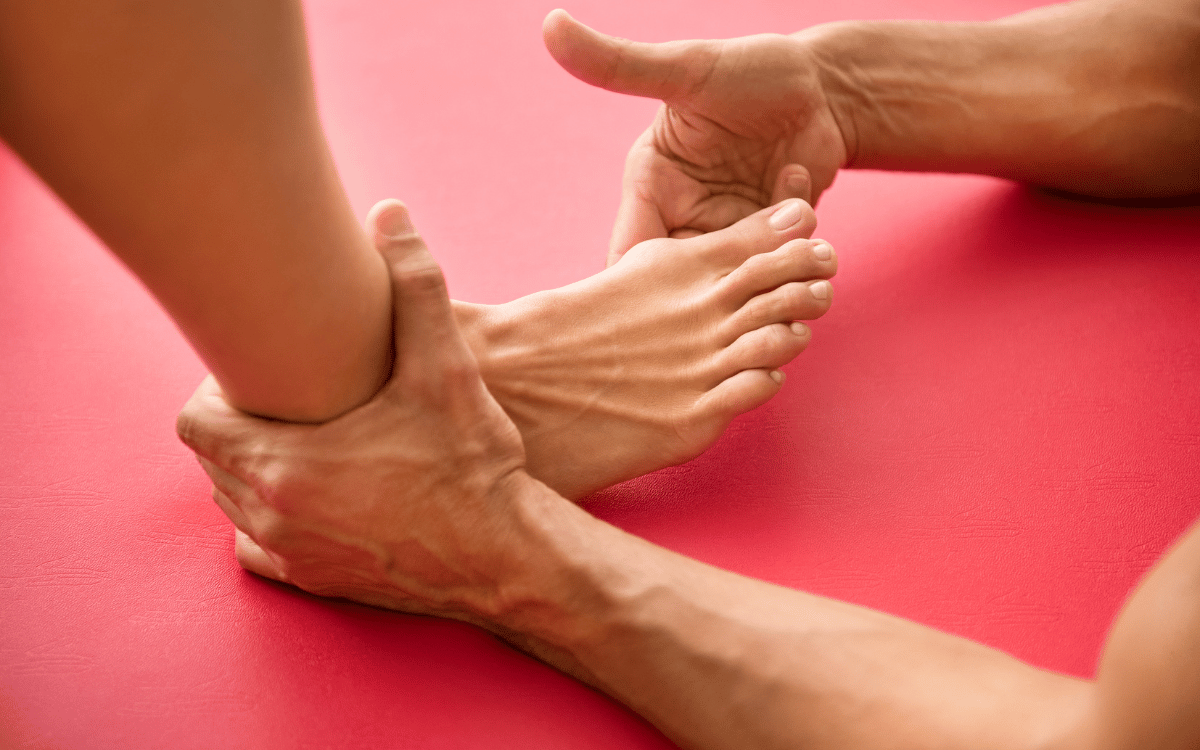In the video below, Daniel explains what heel pain is, and what causes it.
If you’d like to find out more, please give us a call on 8966 9300. Or book in via our website NEW PATIENT OFFER
https://youtube.com/shorts/e1M7rm1-fJI
What helps with heel pain? The reality is heel pain is usually called plantar fasciitis, the plantar fascia helps keeps your foot together. You get it usually because of the way you stand or you walk and it can be because you are tight at the backs of your legs.
Why does it happen in the mornings? It is because of plantar fasciitis, heel spurs. What actually happens is you go to bed at night, your body says “great, you’re resting lets send heaps of blood down to the area to try and heel it”. Not to mention when you sleep your calves tighten and when you step onto the floor in the mornings it increases tension in this area.
Will it resolve itself? I strongly disagree that your pain will get better with time. Research tells us that the longer you leave it the rate of success once you get treatment reduces in effectiveness.
What are the treatment options? Our team of podiatrists treat the underlying cause by correcting this misalignment of the joints in your feet and ankles through a technique called foot mobilisation therapy. Foot Mobilisation Therapy utilises a gentle hands on technique to correct misalignment. We then reinforce this position by strengthening the muscles that surround the relevant joints. We also use a whole range of other therapies to help stimulate healing acupuncture, laser therapy. Don’t delay in seeking treatment, book an initial assessment at https://northernbeachesheelpainclinic.com.au/
As the underlying cause of most heel pain conditions is a level of misalignment of the bones in the feet, the most effective form of treatment is to address the cause at its base level.
The alignment of your joints will affect the way you stand and walk. Feet that are out of alignment will cause compensation through the soft tissues which leads to pain and inflammation.
The great news is that this change is long term and you don’t have to wear orthotics or change your shoes, or activity.




